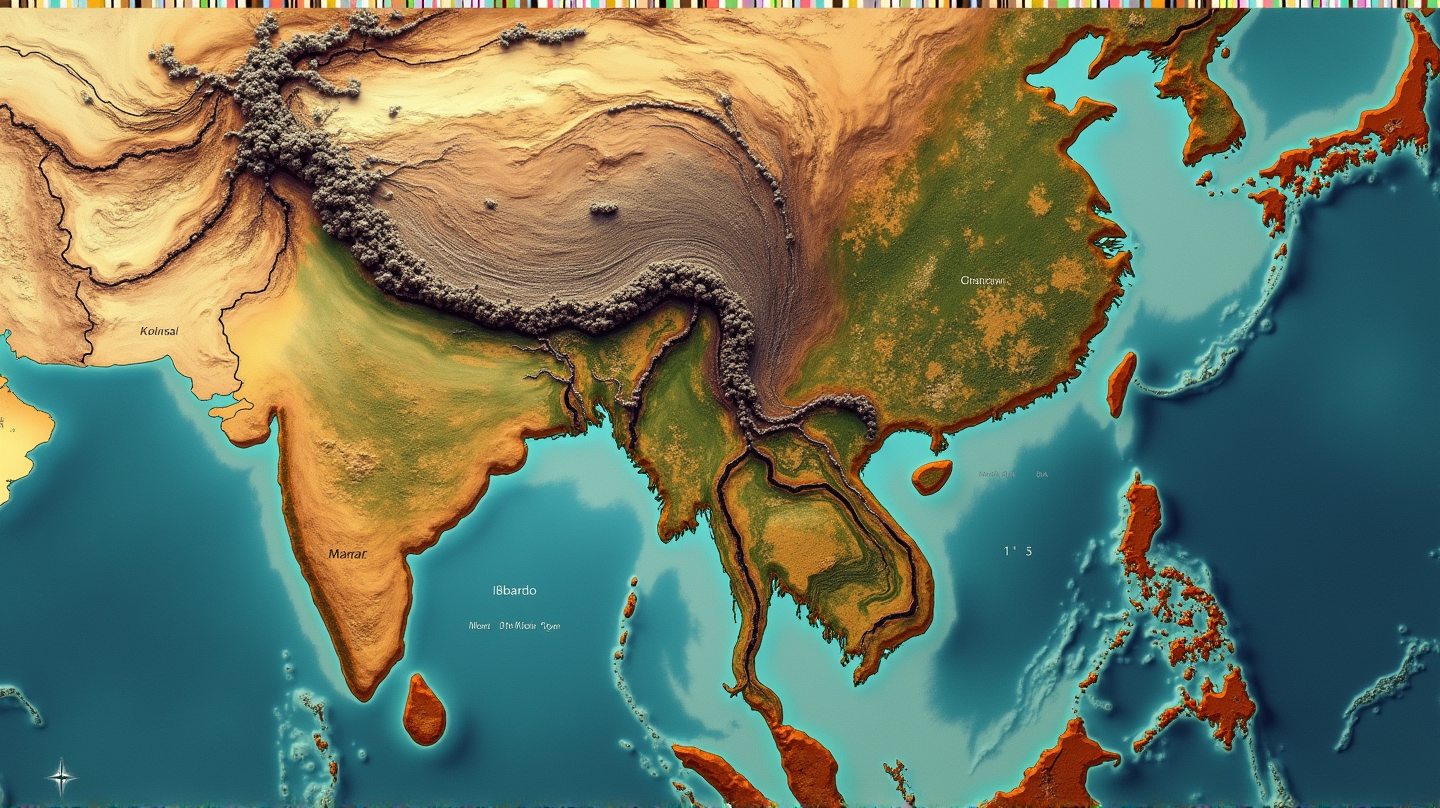In an assertive maneuver that underscores China’s determination to retain its influence in the global mineral arena, Chinese-backed militias have taken on the task of safeguarding rare earth mining operations in Myanmar. According to IndexBox, this strategic action is aligned with Beijing’s goals of reinforcing its grip on rare minerals crucial for technological advancement and international trade dialogues.
A Global Stranglehold on Resources
China’s leadership in the processing of heavy rare earths, indispensable for manufacturing wind turbines and electric cars, is well acknowledged worldwide. However, with a longstanding dependency on Myanmar for essential minerals, China’s strategic focus has shifted to ensuring a consistent supply. Remarkably, nearly half of its rare earth imports were from Myanmar in the first months of the year, a testament to this intricate cross-border resource relationship.
Tensions and Tactical Adaptations
Recent unrest in Myanmar’s northern regions, vital for minerals like dysprosium and terbium, has posed significant challenges. In this complex landscape, Chinese investors are initiating extraction in newer deposits located in Shan state, courtesy of the protection offered by the United Wa State Army (UWSA). Known for being one of the most formidable militia groups in the region, the UWSA’s involvement is crucial for smooth operations.
Economic Ripples in the Mineral Market
The involvement of militias has catalyzed a dramatic uptick in mining activities with reports indicating an increase in workforce and around-the-clock mining operations. As mineral prices swell—evidenced by a 27% price surge for terbium oxide over six months—the economic ramifications of China’s strategic maneuvers are crystalizing. The nation’s ability to extract and control these elements reverberates through global supply chains, influencing economic conversations by catalyzing supply constraints elsewhere.
Geopolitical Chess with Minerals
As China gazes beyond immediate mineral extraction goals, this endeavor underscores the ever-evolving geopolitical significance of rare earths. These activities in Shan state reflect broader aims to secure mineral conduits amidst global disruptions in resource trade. Hence, the criticality of rare earth mineral trade dynamics and the UWSA’s facilitative role cannot be overstated.
This intricate interplay presents a robust narrative in global economic and strategic discourses, remaining pivotal in understanding trade and diplomacy landscapes. As China continues fortifying its mineral base within Myanmar, the implications for future economic relations remain ripe for analysis.
